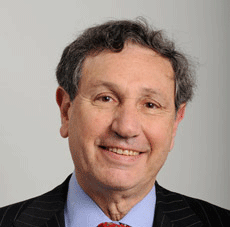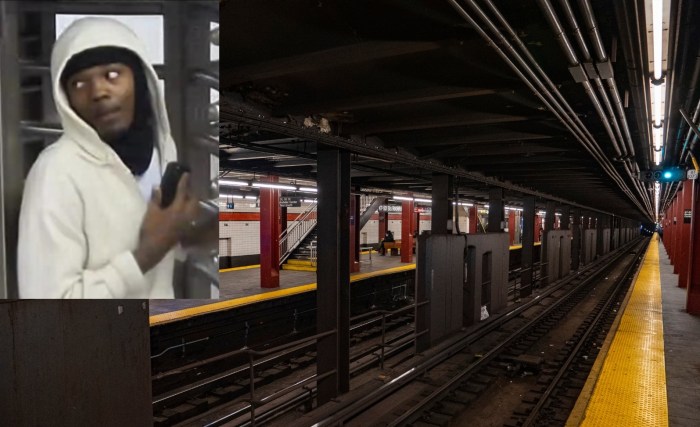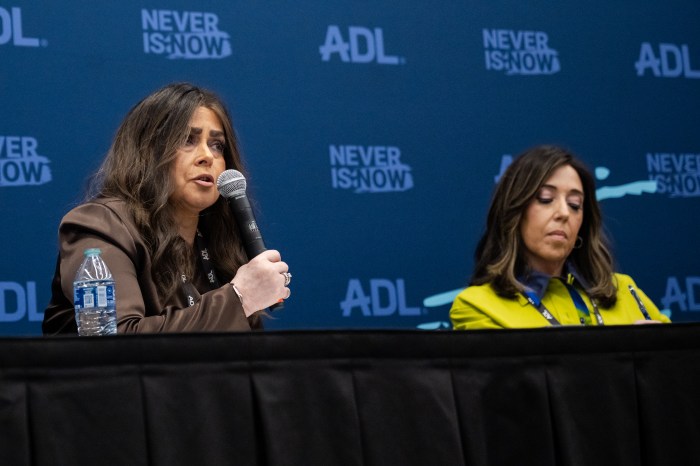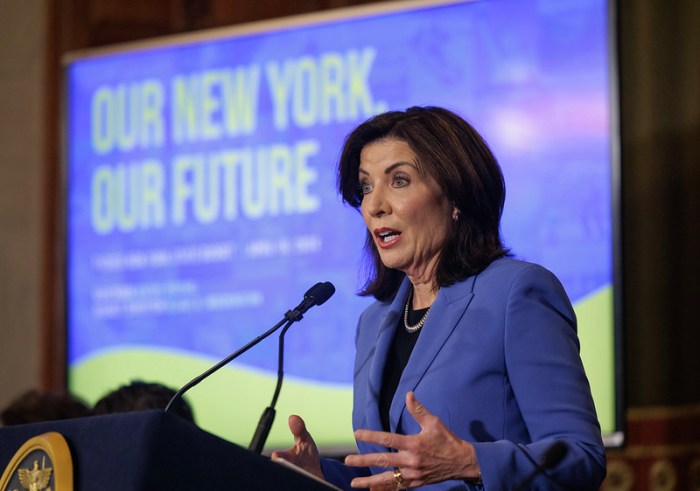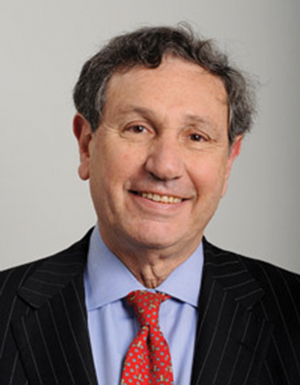
BY GERARD FLYNN | A whole new era of affordable housing and a different city landscape is coming, Carl Weisbrod, Mayor de Blasio’s planning czar, declared during a breakfast at N.Y.U. Law School.
Real estate industry insiders made up the bulk of attendees at the Sept. 5 event. The City Planning Commission chairperson was speaking four months after the mayor announced his ambitious affordable housing plan in heavily gentrified Fort Greene, pledging 200,000 units would be built or preserved at a cost of $41 billion over the next 10 years.
“In order to even have a shot at 200,000 units of housing, we have to become a denser city,” Weisbrod, the former head of Trinity Real Estate, told the packed room.
And to achieve that taller, denser city, a “delicate balance” would be required, he said, with the public sector footing the bulk of the funds, even as communities in neighborhoods like East New York worry that higher-density housing, upon which the mayor’s plan hinges, might bring dramatic gentrification.
Weisbrod said developers would no longer have the option of building affordable housing in exchange for a floor-area bonus, which they had under the voluntary “inclusionary zoning” program. Since its implementation in 1987, I.Z. delivered less than 5,000 units.
Under the de Blasio administration’s new mandatory inclusionary zoning, or M.I.Z., program, the city would demand affordable housing be included in future rezonings.
With M.I.Z., “You can’t build one unit unless you build your share of affordable housing,” Weisbrod said. “There will be a minimum that the developer has to do without subsidy.
“I understand that neighborhoods are wary of density,” he added. “We all know that. Neighborhoods fear change and are concerned about gentrification.” At the same time, he added, “Density has many pluses.
“Density provides better demand for retail,” he explained. “And most of the neighborhoods we are looking at are underserved for retail and want retail, and the only way to get more retail is if there are more customers.
“The question for us is how do we achieve a consensus and receptivity to density in neighborhoods that are understandably wary about it?”
That task, he said, must begin by “engaging in ground-up development. That is, we are not going to impose development from above and say, This is what you are going to get whether you like it or not,” he said. “We are going to work with neighborhoods that we think can appropriately absorb greater density.”
What Weisbrod called mandatory inclusionary zoning’s “first test” — a 1,700-unit project on the Astoria waterfront with a mandatory affordable housing component — is already in its early stages.
But as the Wall Street Journal recently reported, the plan, which the planning chief expects to go through changes on its ULURP rounds, is already running into problems with the local community, concerned that another “hipsterization” is coming.
Despite Weisbrod’s many fans and former colleagues in the audience, not everyone was pleased at what they were hearing by morning’s end.
Judy Richeimer, a tour guide who said she has been hearing it from foreigners about a gentrifying city losing its spirit, asked Weisbrod what the mayor’s plan might do about imposing a cap on commercial rents.
Like many other progressives, she said she feels that the poor can hardly have a “meaningful experience” if businesses affordable to them can’t cut it.
The answer she sought wasn’t forthcoming.



